The following is an assembly address from Wednesday May 28th.

Good morning, gentlemen!
It's great to be back, and I must say, after a long time away, it feels good to be standing before you all again. For those of you who might be wondering where I've been, I've been on what's called a sabbatical – a period of paid leave for professional learning and rejuvenation. It was an incredible opportunity, and one that I want to share with you today, not just to tell you what I did, but to encourage you to make the absolute most of your time here at college.
You may not know, but this is my 30th year of teaching. You learn a lot in 30 years, and one of the key traits I believe every good teacher needs is a current understanding of what's happening in education. So, a sabbatical was a perfect chance to step back, reflect, and ultimately, return as an even better teacher for all of you.
I was incredibly fortunate to be one of 10 senior managers across New Zealand to be awarded this opportunity. My main goal was to investigate strategies to address student behaviour and attendance issues in New Zealand high schools, with a specific focus on boys' education. Why boys' education? Because the NCEA outcomes clearly show that girls are comfortably outperforming boys in university entrance rates, and that's something I'm concerned about.
My plan was to visit 18 schools, speak to Principals, Deputy Principals, Assistant Principals, Teachers, Counsellors, and even students. To encourage open and honest conversations, I often used three broad questions:
"How are your boys?"
"What are you seeing?"
"What are you doing?"
This journey saw me spend five weeks on the road in the North Island, covering over 6000km, living out of my car, camping, staying with friends and family, and occasionally parking up in a B&B. It was an adventure and a real departure from my usual day-to-day existence!
Beyond the educational focus, the sabbatical also required a recreational component. I'm pleased to report I made the most of that too, fitting in fishing, tramping, kayaking, biking, running, swimming, and even a bit of golf. It was a true refresh for mind and body.
Part of my North Island circuit saw me attend the Waitangi Dawn Service on Waitangi Day. This was an amazing experience and one I would recommend to everyone.
My conversations with educators and members of the public during my travels gave me a fantastic opportunity to step outside my usual bubble, see new sights, and hear different perspectives. It's truly interesting how passionate so many people are about education.
I ended up visiting 27 different schools, and while each one was unique, every single school was committed to helping its students succeed in their own way. They all emphasised the importance of a good education.
So, beyond the stories of where I went and who I spoke to, I want to leave you with something today – something that I hope will stick with you and perhaps even help some of you make a positive change. Now I’ve tried to package this as a positive message for change, but I cover some issues that cause me frustration, so please listen to my message of positivity. This message goes out to all of you, but in particular, our boys in the senior school.
One of the most significant findings from my travels, and the one I want to share with you, is a simple reality: right now, at this stage in your life, you are growing up quickly and laying the foundation for your adulthood. It is absolutely vital that during your years here at college, you:
Develop a hardworking, positive attitude towards life. As I tell all my Calculus students each year, "everyone gets the grade they deserve."
Pursue personal excellence.
Make the most of every opportunity.
Realise your potential – don't sell yourselves short. As we say, "Do the mahi, get the treats."
Every school I visited had explicit values that the boys were expected to live by. While the values were different, they all shared a common thread. I've always asked the students I teach to "Show courage, show respect, strive for excellence," and that's exactly what I'm asking of you today. As Mr Veitch said in the Newsletter, other schools have much to offer, I will share two examples now. At Hamilton Boys’, the school motto is “A wise man carves his own fortune”. The message here is about taking responsibility for your actions and your outcomes. At New Plymouth Boys’ High School, they have a simple motto, which is “be the example” this is a catch-all rule; it works in every situation and asks their boys to reflect on their effort, their attitude, am I an example of a model student?
Last week, during the academic awards assembly, Mr. Porter spoke about celebrating academic excellence. When we do this, we normalise excellence, we increase the desire to pursue excellence, we create a culture of excellence, and all students strive for excellence. Or as I will describe it, “a rising tide lifts all ships”.
I can't stand waste. It is my pet peeve, whether it's time, money, energy, food, or any scarce resource. But nothing urks me more than the waste of potential. Boys, realise that you are all full of potential. As individuals, your potential might be completely different from your best friend's; we all have our own strengths and weaknesses, and whatever our personal level of potential is, we must fulfil it.
Ultimately, personal responsibility and self-regulation are the key lessons to learn while in high school. The earlier you realise this, the more likely you are to succeed at school and in life beyond school. Mr Casey recently asked us to draw a line in the sand with lateness to class, a line I am supportive of. Being late is a choice, being late is selling yourself short and being late is not being the best version of yourself.
I recall this phrase being used by a principal: "Good is the enemy of great." Anyone can choose to be less than the best version of themselves, to be mediocre. As I visited each school, I saw a shared NCEA goal of striving for merit and excellence endorsement rather than getting through with the minimum number of achieved credits. It is a good goal to pass NCEA, it is a great goal to chase an endorsement.
My single piece of advice to all boys who have already taken on responsibility for their own learning is this: keep doing what you are doing. I'll say that again: keep doing what you are doing, this means you are on the right path. If, however, you know you can lift your game, do it now. Take the pathway to personal excellence; don't fumble and stumble your way through to averageness.
I believe that the boys in New Zealand are full of potential. To illustrate this, I want to share some stories with you. During my visits to the boys' high schools, I found an interesting historical fact. There are around 2500 schools in New Zealand, and only 47 of these are boys' schools, and three of them — Auckland Grammar, Te Aute College, and Nelson College — are linked in a way that we should feel very privileged to be part of the same group.
We're going to play a game of "Guess Who" with a twist. I'm going to tell you a story, in chronological order, about three very famous New Zealanders who attended these schools. Your job is to listen carefully to the clues, and when you think you know who it is, keep it to yourself!
Our first mystery person started school at Auckland Grammar in 1931. His family lived quite a way out, and he had a long daily commute of about 40 miles to get to school. He wasn't known as a brilliant scholar or a sports star during his school days; in fact, he seemed like a pretty ordinary kid. His passion for what he would become famous for started young, during a school trip to the Chateau with some of his teachers when he was in 6B, which is the equivalent of Year 12 today.
After finishing school in 1935, he started studying law at Auckland University College. But the law wasn't for him! After just one year, he decided to follow in his father's footsteps and become a beekeeper. Even while keeping bees, he spent almost every weekend practising his skills on New Zealand's mountains, especially Ruapehu and the Waitakeres, and later the Southern Alps. By this point, he had already climbed all the major peaks in the Southern Alps and found new ways to get to the top of many of them.
On May 29th, 1953, at 11:30 a.m., he and his climbing companion reached the summit of Mount Everest, the highest point on Earth! They stayed for 15 minutes, taking photos, before descending.
Alright, students, you've heard the whole story. He was an ordinary boy from Tuakau who became the first person, along with Tenzing Norgay, to stand on top of the world. Any guesses?
It's Sir Edmund Hillary!
Our second mystery person was born on the East Coast of the North Island in 1874. His father was a storekeeper, a farmer, and an expert in tribal history, and his great-uncle was a powerful tribal leader. These men greatly influenced him. His parents believed it was crucial for him to get a Pākehā (European) education so he could help his people.
He attended Te Aute College, a famous Māori boys' boarding school where students were encouraged to be proud of their heritage and felt a mission to help their people. He was an excellent student there. After eight years at his high school, he won a scholarship that allowed him to study at Canterbury College. He studied both arts and law, and in 1896, he made history by becoming the first Māori person to complete a university degree in New Zealand! In 1905, he successfully ran for Parliament, winning the Eastern Māori seat. He held this seat for a very long time, until 1943! In 1927, he received a knighthood, becoming "Sir" for his incredible contributions.
It's Sir Āpirana Ngata.
Our final mystery person was born in a rural area of Nelson, way back in 1871. He was the fourth of 12 children! His father was a mechanic, and his mother was a schoolteacher. His parents ensured all their children got a good education. He had to try twice, but in 1887, he won a scholarship to Nelson College. He even became head boy there in 1889! He played rugby in the first XV and cricket in the first XI.
From 1890 to 1894, he attended Canterbury College in Christchurch, where he studied a range of subjects including physics. After graduating with his first degree, his incredible mathematical ability won him the only Senior Scholarship in mathematics available in New Zealand. By 1895, he had three degrees from a New Zealand university and was known as an outstanding researcher in electrical technology.
In 1895, at the age of 23, he left New Zealand to study at a famous laboratory in Cambridge, England – he was the first non-Cambridge graduate to be accepted there for research. In 1898, he made a huge breakthrough: he discovered that radioactive atoms emit two distinct types of rays, which he named alpha and beta rays. For this groundbreaking work, in 1908, he was awarded the Nobel Prize in Chemistry!
In 1911, based on these results, he deduced that almost all the mass of an atom is concentrated in a tiny nucleus, a thousand times smaller than the atom itself! This was the birth of the nuclear model of the atom, which you all learn about in science class. He was knighted in 1914, becoming "Sir" for his contributions to science. Near the end of the war, he achieved another incredible feat: by bombarding nitrogen atoms with alpha rays, he became the first person to split the atom, converting nitrogen into hydrogen! He was the world's first successful alchemist!
It's Lord Ernest Rutherford!
These three incredible New Zealanders — Sir Edmund Hillary, Sir Ernest Rutherford, and Sir Āpirana Ngata — all started their journeys as boys, just like you, a New Zealand boys' high schools. They seized opportunities, they strived for excellence, and they realised their immense potential. They are now celebrated as some of our most amazing New Zealanders, recognised by the fact that we see them on our currency today.
What message do I want to leave you with today? I understand that not everyone can climb Everest, win a Nobel Prize, or become a pivotal figure in our nation's history. However, you must always strive to reach your own personal potential. Sometimes, you need to be courageous enough to step outside your comfort zone while you are at John McGlashan, and ensure you make the most of your opportunities!
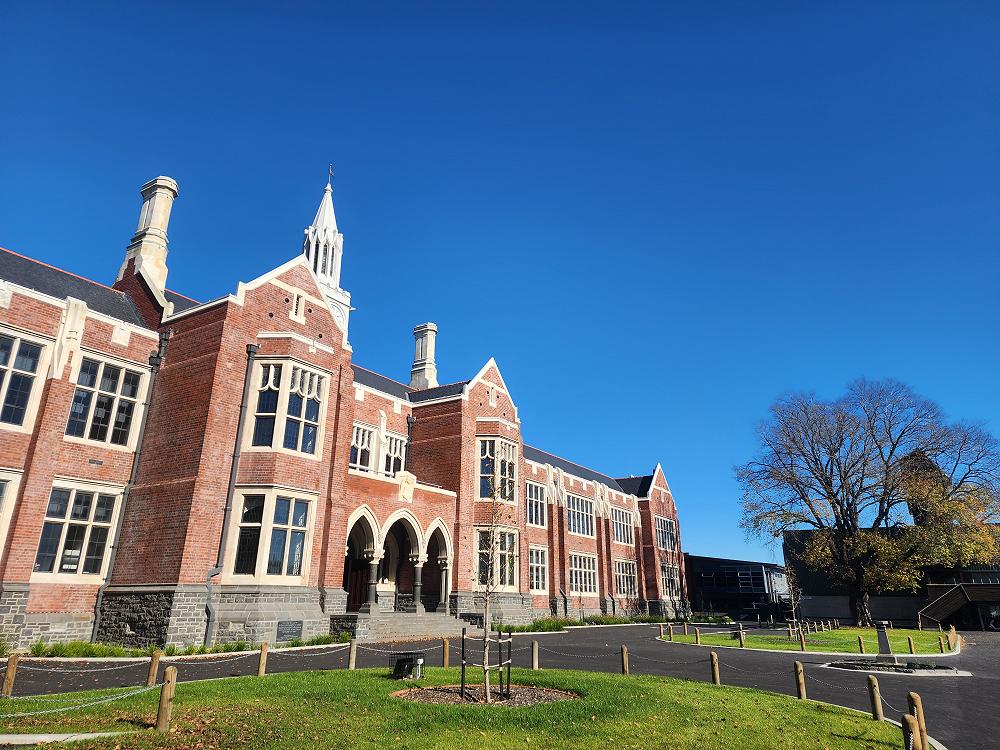
Christchurch Boys'
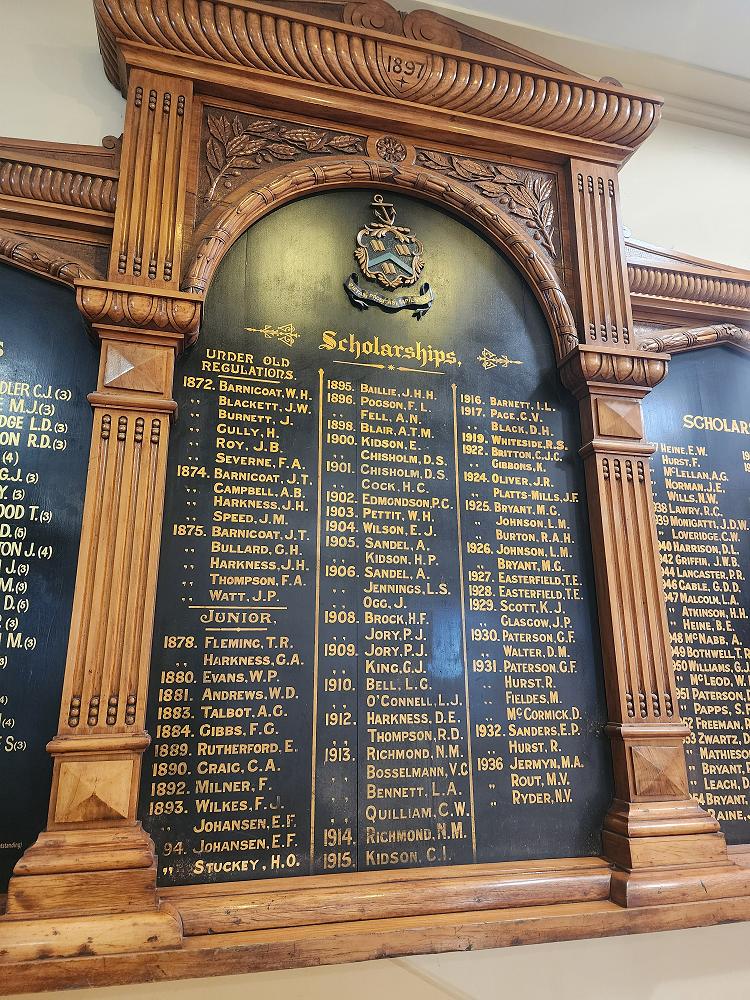
Nelson College, Honours Board, 1889 Ernest Rutherford.
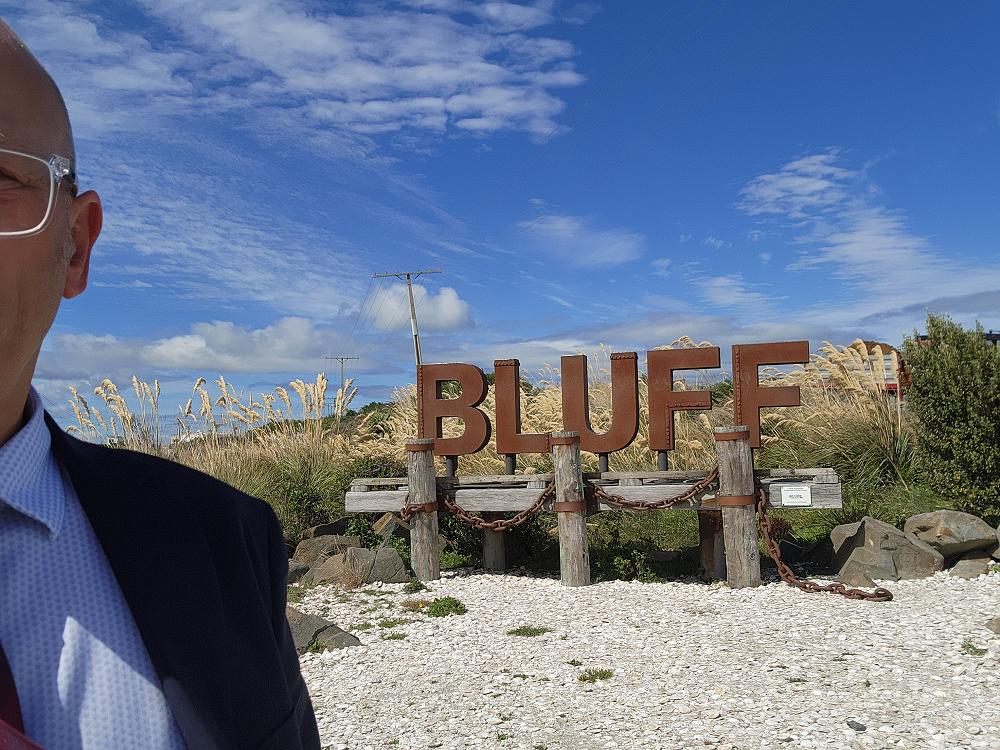
A quick visit to the bottom of the country after visiting Southland Boys'.
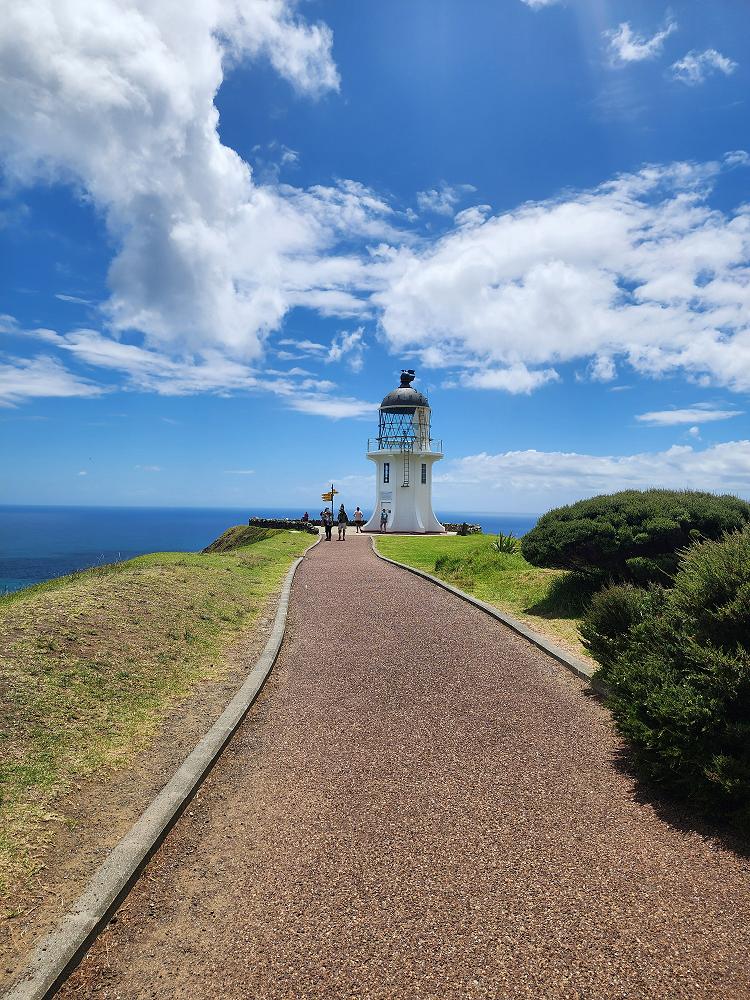
Cape Reinga Lighthouse.
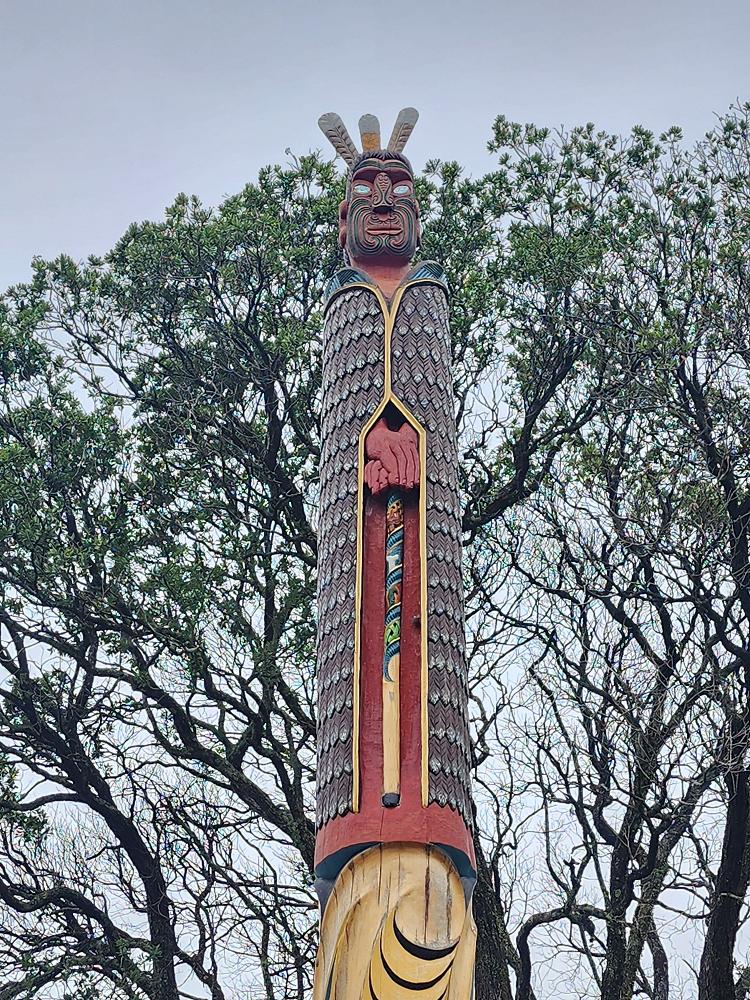
Pouwhenua representing a Year 13 student at the entrance to Whangarei Boys' High School.
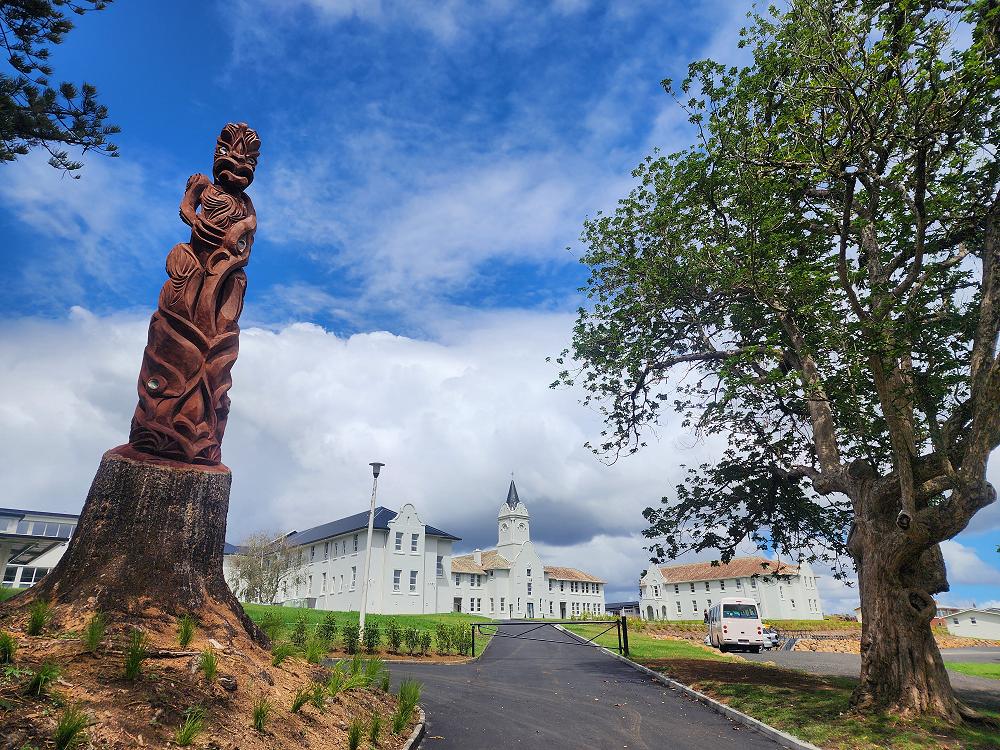
Entrance to Tipene (St Stephen's) School. On the Bombay Hills.
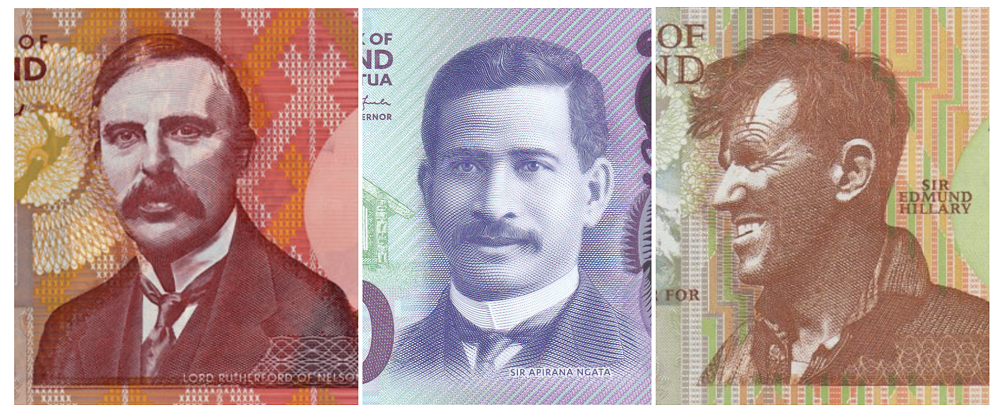
Rutherford, Ngata and Hillary all attended New Zealand Boys' Schools.
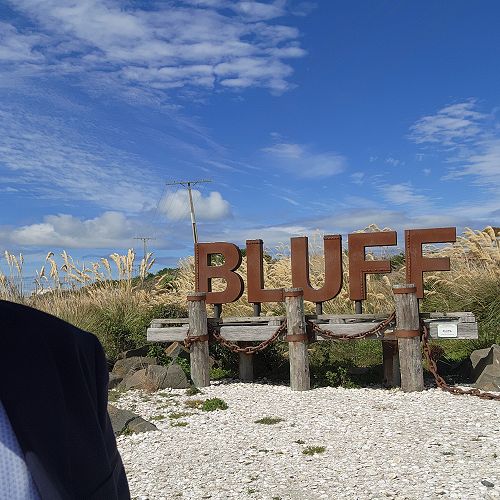
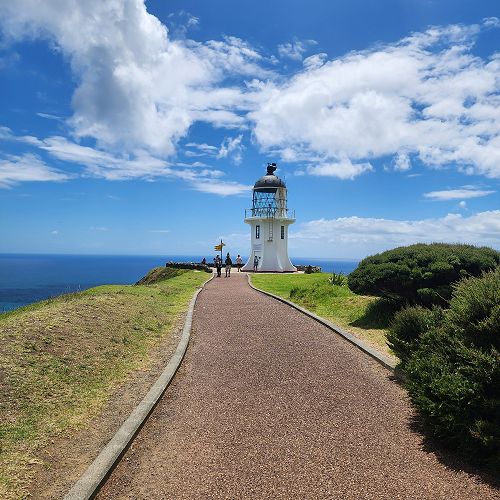
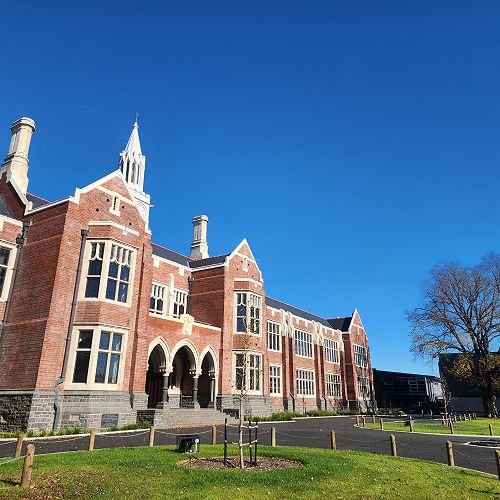
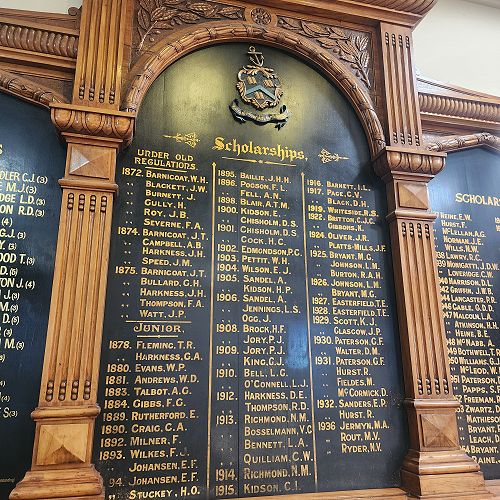
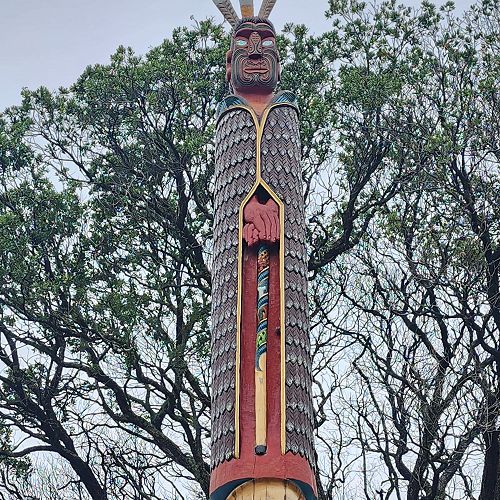
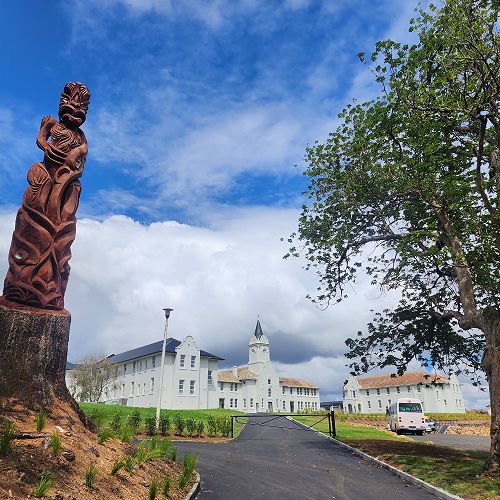
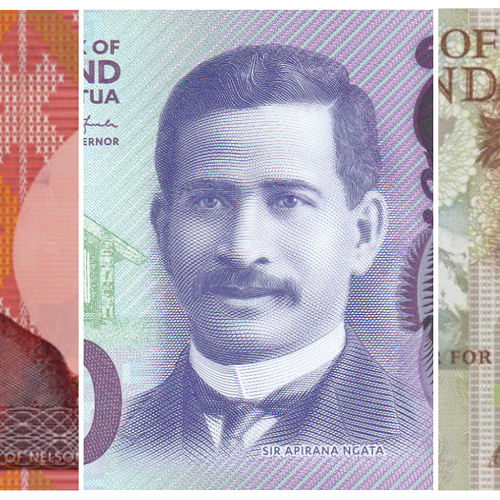
 Open Event Registration - Interested in enrolling?
Open Event Registration - Interested in enrolling?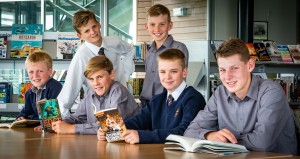 Employment opportunities - click if you're interested in working at McGlashan.
Employment opportunities - click if you're interested in working at McGlashan.